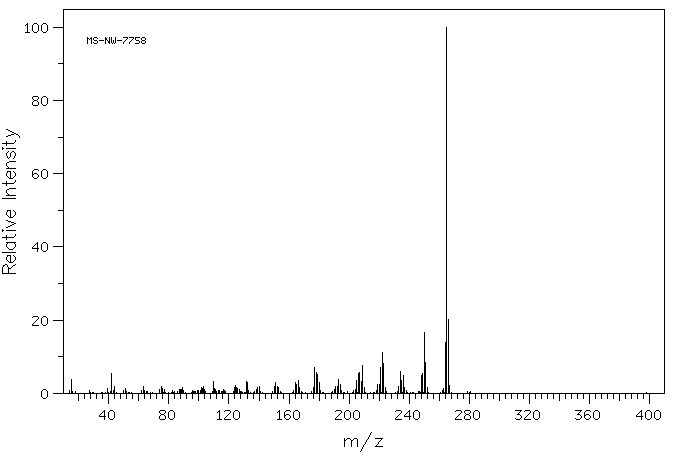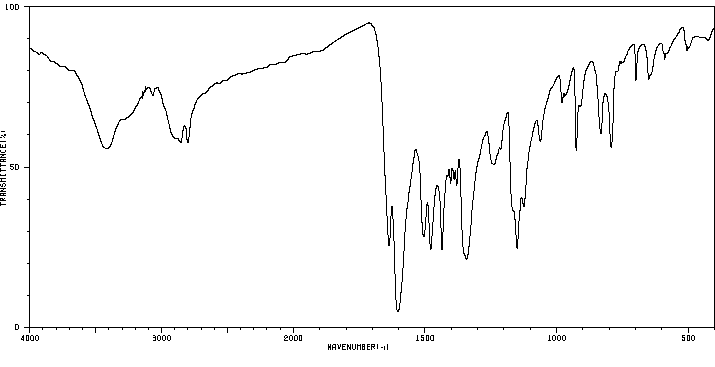NOVEL DYES WITH PHOSPHINIC ACID, PHOSPHINATE, PHOSPHONATE AND PHOSPHONAMIDATE SUBSTITUENTS AS AUXOCHROMIC GROUPS AND METHODS FOR PREPARING THE SAME
申请人:Max-Planck-Gesellschaft zur Foerderung der Wissenschaften e. V.
公开号:US20180223102A1
公开(公告)日:2018-08-09
Compounds of formula I are disclosed:
wherein X
1
, X
2
, X
3
, X
4
are independently H, F, Cl, Br, I, CN, NO
2
, OR
1
, SR
1
, NR
1
R
2
, COR
1
, COOR
1
, CONR
1
R
2
, PO
3
R
1
R
2
, SO
2
R
1
, SO
3
R
1
or R
3
; R
1
and R
2
are, e.g., H, alkyl or aryl or optionally a ring; R
3
is, e.g., alkyl, alkenyl, alkynyl, aryl or cycloalkyl; Y is OR
1
, NR
1
R
2
, or NR
1
R
3
; Q is O, S, SO
2
, NR, C(R
3
)
2
, Si(R
3
)
2
, Ge(R
3
)
2
, P(═O)R
3
or P(═O)OR
3
; Q and X
1
can optionally form part of a ring; L and M are independently OR
1
, SR
1
, NR
1
R
2
and R
3
; L and M can optionally form part of a ring; Z is O, S, NR
1
, CR
1
R
3
or aryl; and Z and X
4
can optionally form part of a ring.
式I的化合物已被披露:
其中X1、X2、X3、X4独立地为H、F、Cl、Br、I、CN、
NO2、OR1、SR1、NR1R2、COR1、COOR1、CONR1R2、PO3R1R2、SO2R1、SO3R1或R3;R1和R2为H、烷基或芳基或可选地为环;R3为烷基、烯基、炔基、芳基或环烷基;Y为OR1、NR1R2或NR1R3;Q为O、S、SO2、NR、C(R3)2、Si(R3)2、Ge(R3)2、P(═O)R3或P(═O)OR3;Q和X1可选择地形成环的一部分;L和M独立地为OR1、SR1、NR1R2和R3;L和M可选择地形成环的一部分;Z为O、S、NR1、CR1R3或芳基;Z和X4可选择地形成环的一部分。








